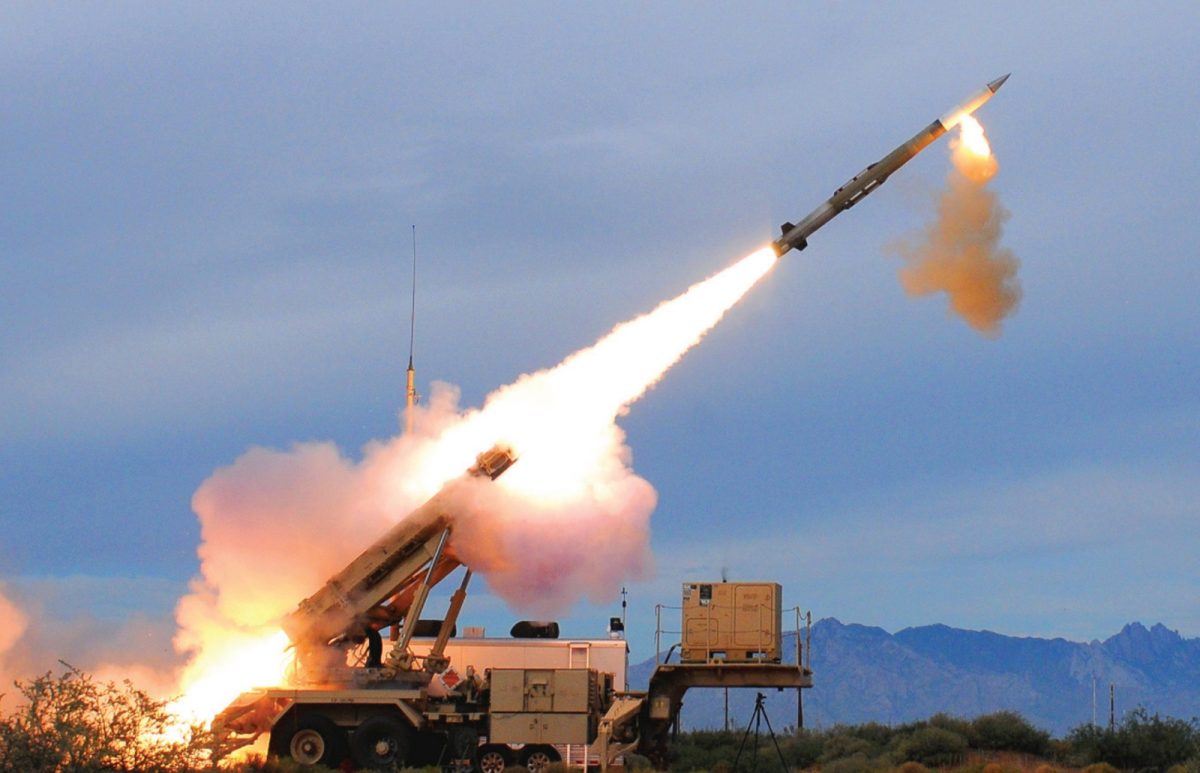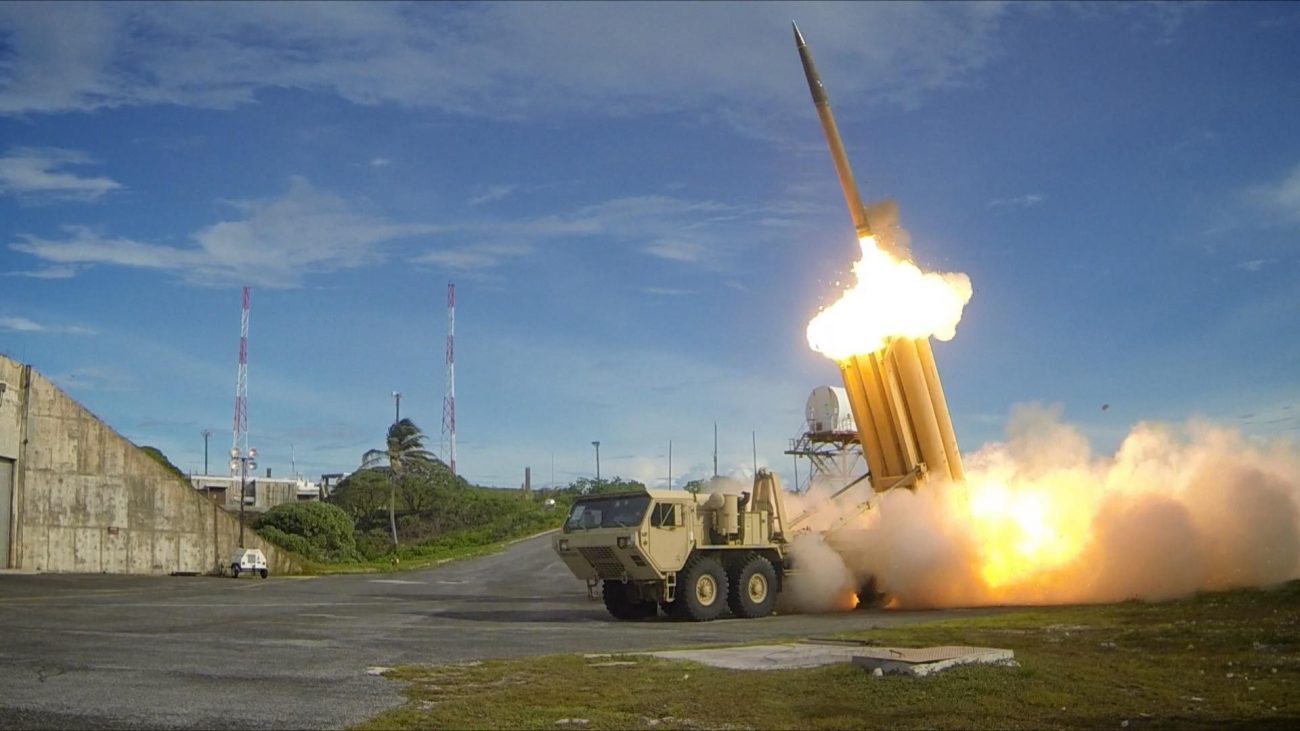Two concurrent wars, with indirect US involvement, have exposed the sorry state of war preparedness within the Pentagon, which is alarmed at the depleting stocks of its missile arsenal.
The Pentagon is worried that its depleting stockpiles are woefully inadequate for a potential intense war with China, given that just a 12-day war with Iran, a mid-level power reeling under decades of crippling sanctions, exposed the glaring inadequacy of US missile defense stockpiles.
Analysts warn that the Pentagon’s war doctrine is still stuck in a Cold War mentality, which is ill-suited for modern warfare on a scale where countries have hundreds, even thousands, of ballistic missiles in their arsenal.
Alarmed by the situation, the Pentagon is urging its missile suppliers to ramp up production on a war footing, asking them to double or even quadruple their production rates on a breakneck schedule.
However, despite the Pentagon’s strenuous efforts and a series of meetings over the last four months, the effort has yielded limited results.
Pentagon Efforts To Ramp Up Missile Production
Since June of this year, a series of meetings has been held between Pentagon leadership and senior representatives from U.S. missile manufacturers.
According to The Wall Street Journal, Deputy Defense Secretary Steve Feinberg is leading this endeavor, known as the Munitions Acceleration Council, and he organizes weekly meetings with defense firm executives to boost production.
However, missile manufacturers, including new entrants like Anduril Industries and legacy defense companies such as Lockheed Martin, worry that the government’s targets are not realistic.

Furthermore, they want assured commitments from the government to buy these missiles, rather than just verbal commitments, sources told the WSJ.
Notably, the Trump administration’s policy bill, signed in July, provided an additional USD 25 billion in five-year munitions funding; however, analysts warn that achieving the Pentagon’s ambitious targets would cost tens of billions more.
“Companies don’t build these things on spec,” said Tom Karako, a munitions expert at the Center for Strategic and International Studies.
“You wait for the government to put them on contract. There needs to be an expression of support with money. It can’t just be words.”
Meanwhile, companies like Lockheed Martin and Raytheon, both part of the Big Five, have responded by adding more workers and expanding manufacturing facilities.
Still, companies are struggling to meet new targets and are also apprehensive that they might splurge on orders that the government has yet to fund.
Christopher Calio, chairman and chief executive of Raytheon’s parent company, RTX, said in a July 3 letter to the Pentagon that the company was ready to work with the Defense Department to increase production, but cautioned that the company would need additional funding and commitments from the Pentagon to purchase more munitions.
“Signaling the demand strength of these critical munitions to the supply base with Program of Record extensions…and funding to support is required,” the WSJ reported, quoting the letter.
Depleting Munitions
The U.S. munitions stockpiles were already under stress due to the protracted war in Ukraine. Then, the 12-day war with Iran in June this year added more pressure on the U.S. stockpiles.
Add to this the burden imposed by Europe’s ReArm Europe Plan/Readiness 2030, which has created a significant backlog for missile and air defense system deliveries.
For instance, the US military burned through THAAD (Terminal High Altitude Area Defense) munitions at a furious pace during the Iran-Israel War in June.

The THAAD operators fired as many as 150 missiles during the 12-day war to shoot down waves of Iranian ballistic missiles, US defense officials said.
Worryingly, that represented a quarter of all THAAD interceptors ever bought by the Pentagon, exposing the gaps in the US missile defense stockpiles.
Such was the situation that at one point during the Iran-Israel war, the Pentagon considered diverting interceptors intended for other countries to Israel to meet the immediate threat.
“The demand was so staggering that at one point, the Pentagon considered a plan to divert interceptors purchased by Saudi Arabia to the systems in Israel,” a US defense official said.
Also, it was not just THAAD; the US ran through large numbers of shipborne interceptors as well, and Israel quickly drained stockpiles for its own systems.
If just a 12-day war could create such pressure on US stockpiles, then the impact of a prolonged war with a power like China can only be imagined.
Countries like China, Russia, and North Korea have a much more expansive ballistic missile stockpile compared to Iran.
“We are at long last waking up to the need for massive defensive munitions procurement,” said Tom Karako.
Earlier in June, Vice Admiral Brad Cooper also flagged the lack of magazine depth in US missile defense stockpiles.
“I am concerned about everything, but one of the concerns would be munitions and magazine depth,” Cooper told the US Congress in June.
The US defense industrial complex, despite all its strengths, might take years and billions of dollars before it can fully replenish the THAAD interceptors fired during the 12-day war with Iran.
According to the Jewish Institute for National Security of America (JINSA), it could take three to eight years to replenish the THAAD interceptor stockpile.
Similarly, Lockheed Martin, the manufacturer of the Patriot AD system, has a massive backlog of PAC-3 MSE interceptors. Last month, the Pentagon placed an order for 1,970 PAC-3 MSE interceptors, valued at USD 9.8 billion.
Additionally, Lockheed Martin has PAC-3 MSE interceptor orders from 17 more countries.
Lockheed Martin is investing over USD 100 million to expand its Patriot missile interceptor manufacturing facilities.
Similarly, Boeing recently completed a 35,000-square-foot expansion project at its factory to boost the production of a seeker component used in the Patriot missiles.
The new Munitions Acceleration Council is focused on 12 weapons that the Pentagon wants on hand for a potential conflict with China.
This includes Patriot interceptors, Long Range Anti-Ship Missiles (LR-ASM), the Standard Missile-6, Precision Strike Missiles (PrSM), and Joint Air Surface Standoff Missiles (JASSM).
However, despite the expansion of manufacturing facilities and the rising workforce, it could be years before the Pentagon stockpiles reach a level where the U.S. can sustain a prolonged war with China.
Furthermore, China’s chokehold on the supply of rare-earth magnets, which are critical for manufacturing seekers and other missile components, could also create hurdles in the U.S. plans to boost its missile production.
- Sumit Ahlawat has over a decade of experience in news media. He has worked with Press Trust of India, Times Now, Zee News, Economic Times, and Microsoft News. He holds a Master’s Degree in International Media and Modern History from the University of Sheffield, UK.
- VIEWS PERSONAL OF THE AUTHOR.
- He can be reached at ahlawat.sumit85 (at) gmail.com




